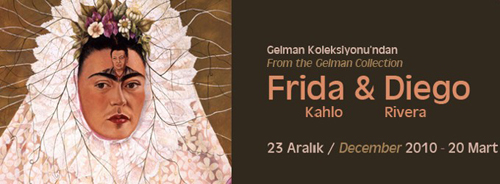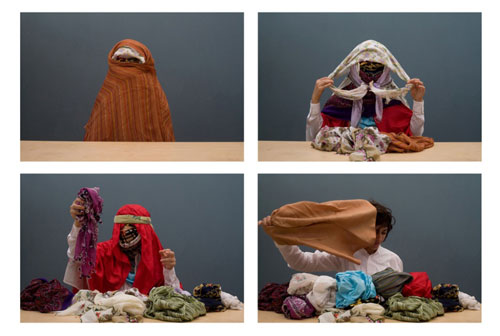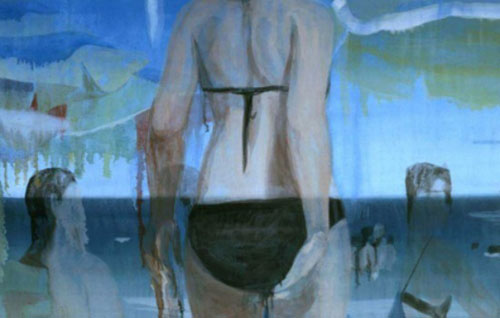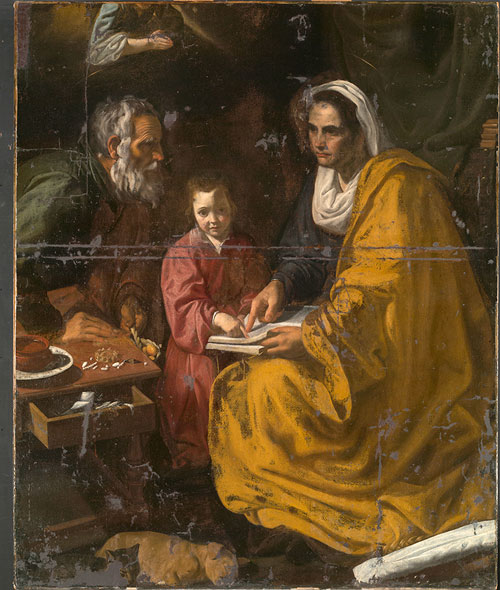Until the 3rd of June, the Istanbul Pera Museum is exhibiting the highly original work of Turkish painter ?hsan Kemal Karaburçak. The show, which is called Retrospectives of Isham, brings together the best of the artist´s work from between 1968-1970.

The exhibition, commissioned by historian and advisor to the Istanbul Pera Museum, Semra Germaner, is a compilation of pieces from private and public collections, presenting a complete body of Karaburçak´s work, which was supressed for years due to its alienation from the art elites and cultures of Turkey.
In association with the retrospective, the Museum has edited a brilliant catalogue, written by Akoyunlu Ersoz Begur and Primavera Tania, which has an interesting cardboard cover design, and colour illustrations. Texts are in English and Turkish.
?hsan Kemal Karaburçak was born in Istanbul, Turkey in 1898. His entrance into painting came about in 1930, when he enrolled in the Paris École Universelle. His work in the telegraph and post services enabled him to organise his life around painting, converting a small room in his home into a studio.
Throughout his development in painting, Karaburçak remained distant from the key art movements of the 20th century – despite the fact that his work demonstrated surrealist and naif styles, and was often evocative of Picasso, with the artist himself as having been inspired by Cezanne, and the precision of Matisse.
Karaburçak made portraits in oil on canvas, using strong, defined brushstrokes – such as in Otoporte (1944). Imagery included morse code and geometric elements, whilst his more ´naif´ work of landscapes and small city scenes were more simplistic, and colourful.
His independence and proximity to the great art movements, which had influenced much of the painters, sculptors, architects, and photographers of the 20th century, made him one of the most unique artists of his era.
Amongst the most powerful elements of his work is the use of colour and light. The blues, ochres and the ability to give cold tones a conceptual warmth are things to be admired – and proof that it wasn´t necessary to be formally trained in order to become an accomplished and complex artist.
In his later years, he moved into art theory, and explored the role of the artist in society. His theorisation of the evolution of art, and the use of new techniques to achieve old aesthetics is still not widely known. Karaburçak proposed that a Turkish mosaic could be made using small photographs, and that the effect would be the same as with traditional Turkish art.
For more information http://en.peramuzesi.org.tr/exhibitions/detail_temporary_exhibitions.aspx?SectionID=9TsJWPTrYICovx%2bvUtjAdQ%3d%3d&ContentID=v4coM3rlz5sd9cReBKluSg%3d%3d
 Nancy Guzman
Nancy Guzman
This interesting man has created an extensive body of work which is only just being recognised – you can discover all of its splendour for yourself if you are spending your summer renting apartments in Istanbul by heading down to the Pera Museum.
 Translated by: Poppy
Translated by: Poppy

 English
English


